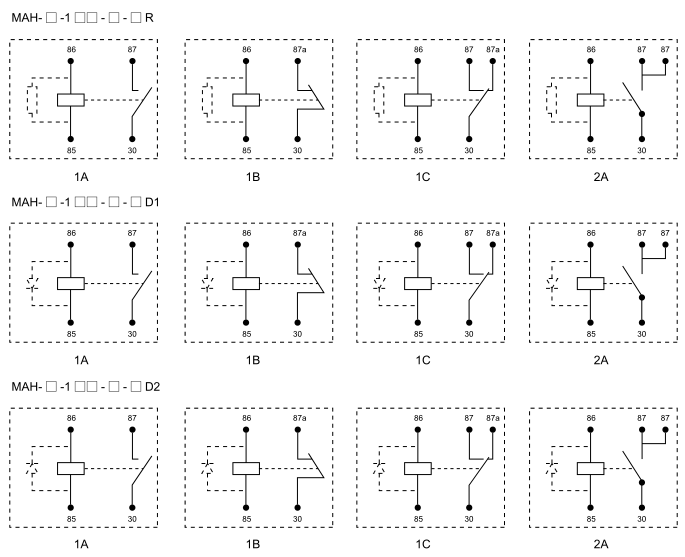A relay circuit is an essential part of electrical and electronic systems, enabling the control of high-power circuits with low-power signals. Relays are widely used in industrial automation, home appliances, and safety systems to control the switching of electrical loads without the need for direct human intervention. This article explores the fundamental principles behind relay circuits, their components, and practical applications.

What is a Relay Circuit? At its core, a relay is an electrically operated switch that uses an electromagnet to open or close a set of contacts. This mechanism allows a low-power signal, like the one from a microcontroller or sensor, to control a larger, more powerful electrical load, such as a motor, light, or heating element. Relays serve as intermediaries, providing isolation between the low-power control circuit and the high-power load circuit. Components of a Relay Circuit A relay circuit consists of several key components that work together to achieve its function: Electromagnet (Coil): The coil is the primary component that generates a magnetic field when current flows through it. The electromagnetic field causes a mechanical movement in the relay’s armature, which in turn operates the contacts.